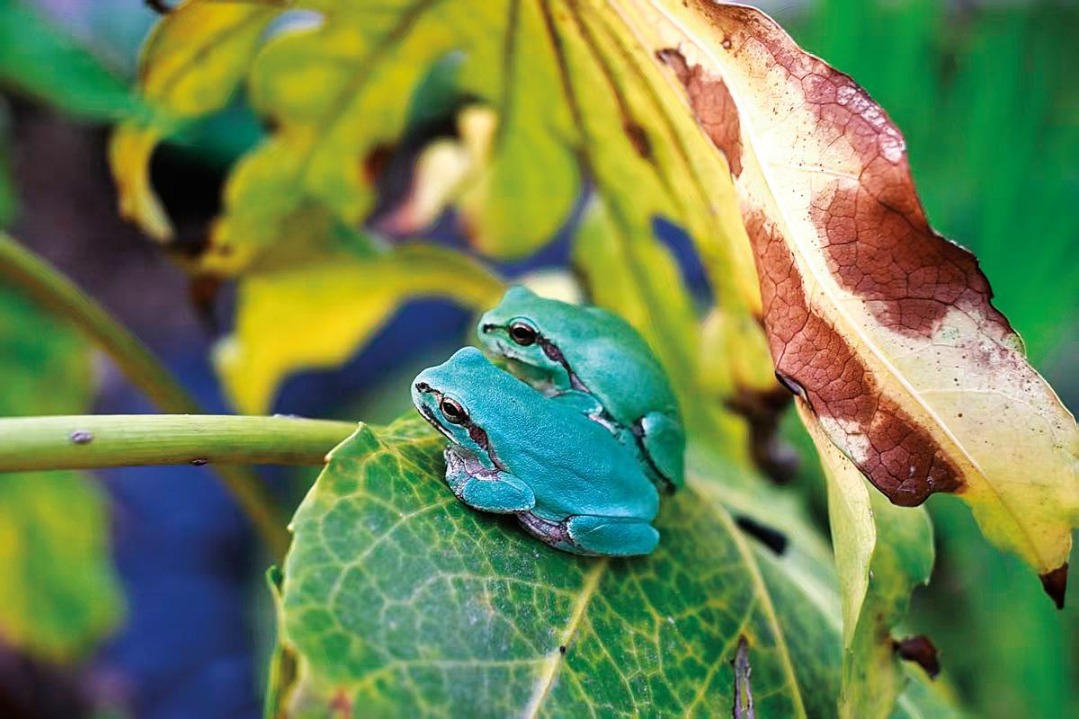Scientists discover how H5N1 virus invades cattle

Chinese scientists say they have uncovered how the H5N1 virus initially invades the mammary glands of dairy cattle, potentially triggering last year's outbreak of bird flu across more than 1,000 dairy farms in the United States.
The study, published recently in the journal National Science Review, was conducted by the Harbin Veterinary Research Institute of the Chinese Academy of Agricultural Sciences in Heilongjiang province. Researchers found that tissues in the mouths of cattle support H5N1 virus binding and replication, allowing the virus to spread to the mammary glands during suckling.
Chen Hualan, an academician with the Chinese Academy of Sciences and a chief scientist at the institute, and her team also confirmed that vaccination provides full protection against the virus in dairy cows. The study suggests that targeted control of milk-stealing behavior and immunization could help curb H5N1 outbreaks among cattle.
Highly pathogenic bird flu subtype H5N1 is a major zoonotic disease, transmissible from animals to humans under natural conditions. Since 2021, a new strain has caused tens of thousands of outbreaks among poultry and wild birds worldwide.
In March last year, the virus began infecting dairy cows in the US. As of June 7 this year, infections have been reported on more than 1,070 dairy farms across 17 states, with cow-to-cow transmission suspected during milking, according to the study.
The outbreaks have resulted in a cow mortality rate of up to 10 percent and infected at least 41 farmworkers, raising concerns about dairy production and public health.
Previous research found that H5N1 can damage cows' mammary glands and contaminate milk, with about one-fourth of retail milk samples in the US testing positive for the virus. However, it was unclear how the virus initially entered the mammary glands, and no effective control measures were available.
The new findings shed light on the virus' transmission routes in cattle, Chen said. The study revealed that cows' oral tissues are rich in sialic acid receptors, which are key binding sites for H5N1, making cattle vulnerable to infection through contaminated feed and water. The virus can replicate and remain in the mouth for several days. Behaviors such as self-suckling and cross-suckling from other cows can enable oral-to-udder transmission of the virus, the study found.
Vaccination has been central to controlling highly pathogenic bird flu in China since 2004, with anti-genically well-matched vaccines providing complete protection in poultry. Applying this approach to cattle could be an effective and economical way to halt H5N1 transmission and reduce its threat to public health, Chen said.
"We found that either an inactivated H5 vaccine or a hemagglutinin-based DNA vaccine could induce sterilizing immunity in cows against challenges from multiple H5N1 virus strains," she said.
Inactivated and DNA vaccines could prevent both naturally occurring H5N1 infections in cattle and mammary gland infections caused by high-dose virus exposure during milking, Chen said.
zhaoyimeng@chinadaily.com.cn




































